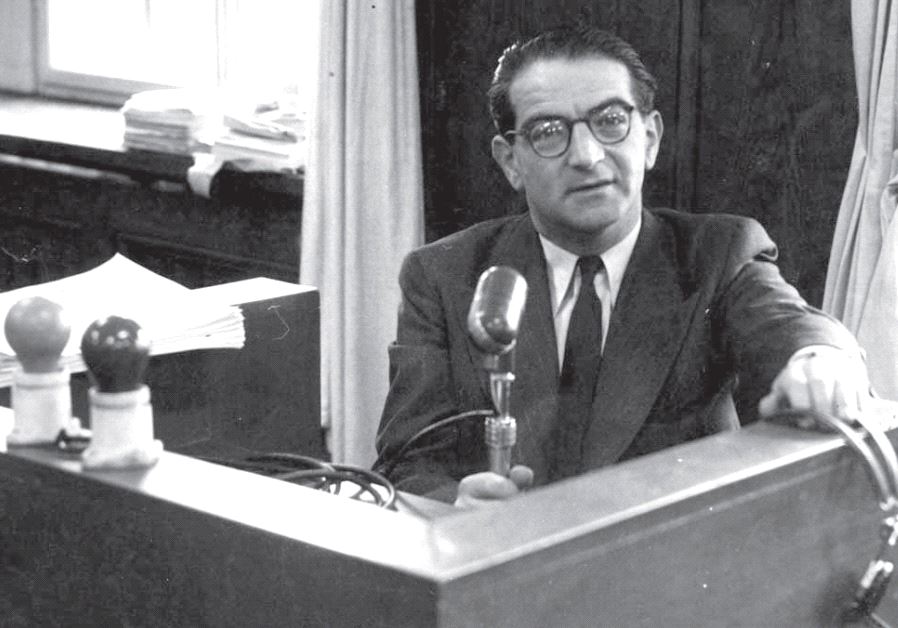A traitor in Budapest
Rudolf Kasztner was not a hero but an unscrupulous Nazi collaborator, insists British historian Paul Bogdanor in his new book.
 Rudolf Kasztner in a broadcasting booth at Kol Yisrael radio station(photo credit: WIKIPEDIA)Updated:
Rudolf Kasztner in a broadcasting booth at Kol Yisrael radio station(photo credit: WIKIPEDIA)Updated: